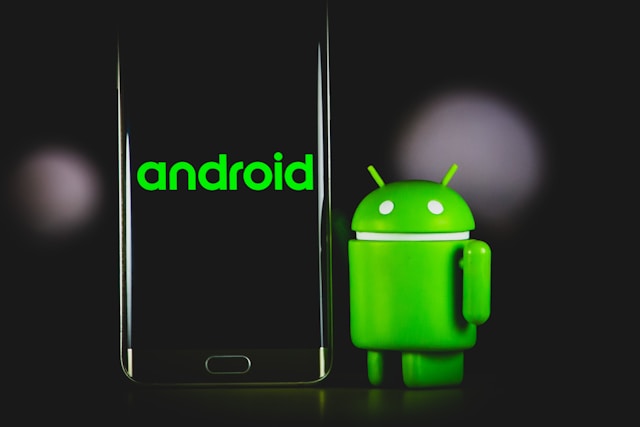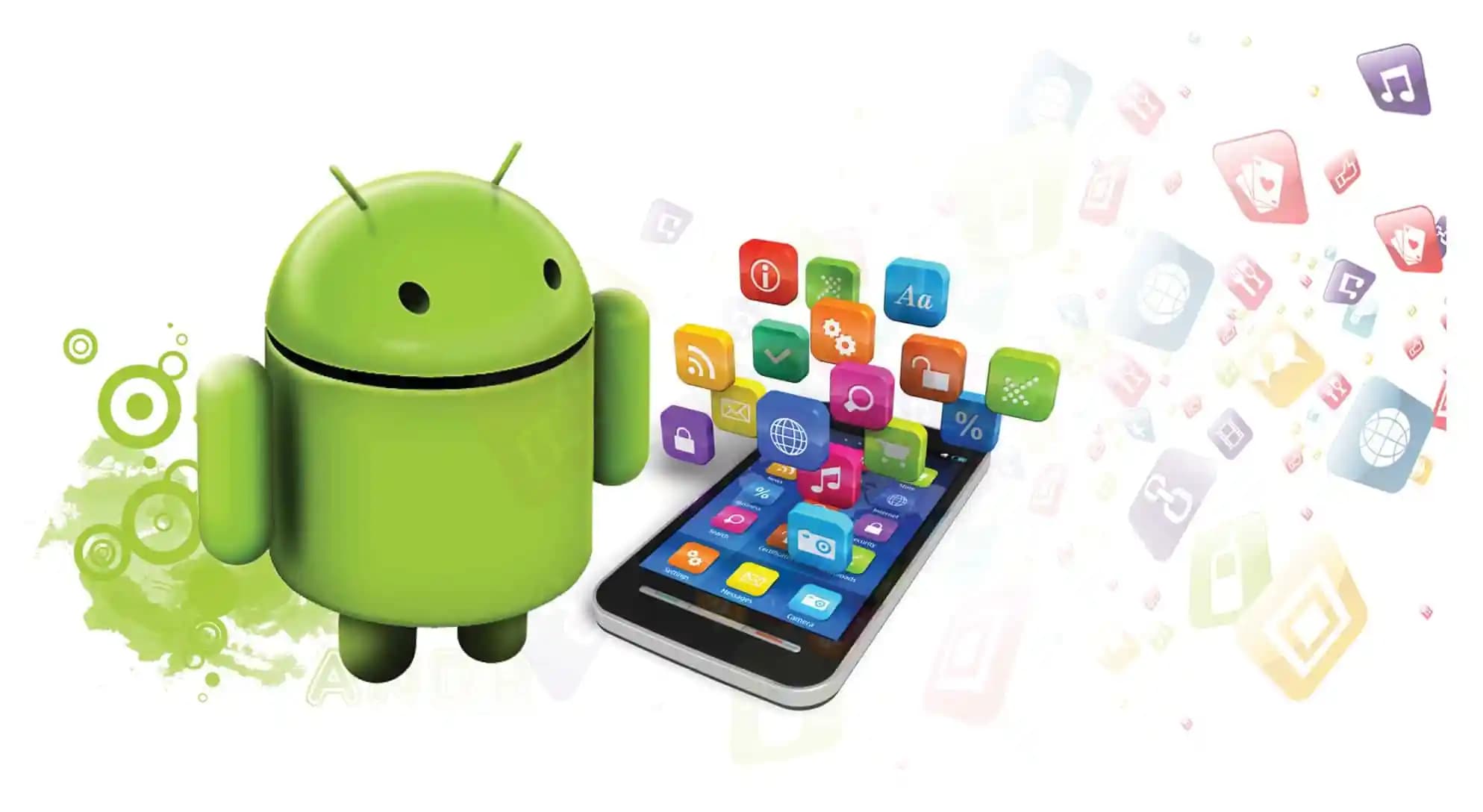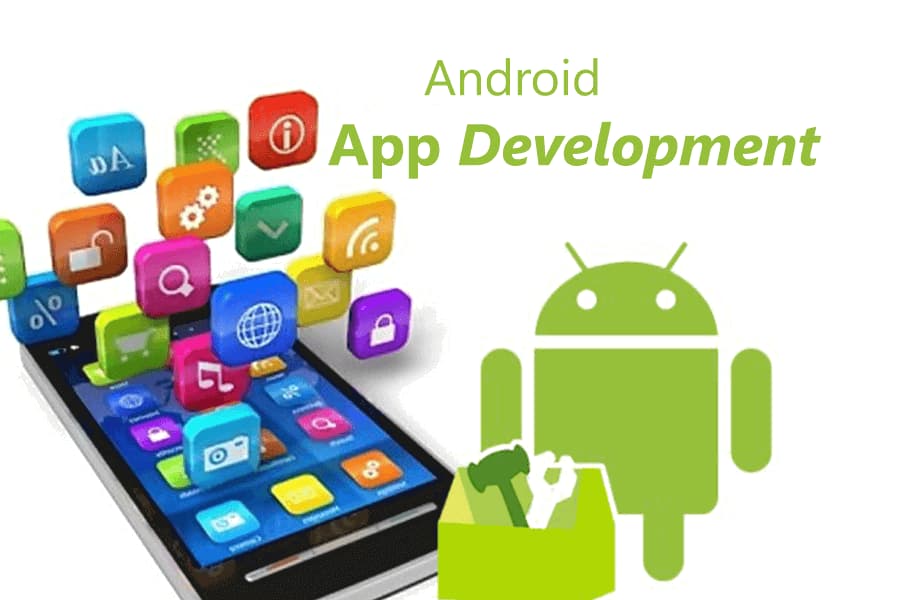First of all, despite the advantages, businesses should strive to offer both options (app and website), as some players might prefer the flexibility of accessing the casino through their mobile browser. Joka room slots let consumers feel more connected to the casino environment without the need to download an app.
To make an app more attractive, you’ll need to make some changes:
- Personalization: Mobile casino apps will likely become more adept at personalizing the user experience. By analyzing user behavior and preferences, these apps can offer tailored game suggestions, and promotions;
- Gesture-based Interactions: With advancements in mobile device capabilities, gesture-based interactions may gain popularity. Designers could incorporate intuitive swipe, pinch, and tap gestures to move through the app menus;
- Dark Mode and Theming Options: Many users appreciate dark mode for its lessened eye fatigue and battery saving benefits. Providing users with theme options could also add a touch of personalization to the app;
- Voice User Interface (VUI): Integrating voice commands into the app can make interactions more natural and efficient, particularly for tasks like searching for games, placing bets, or accessing account information;
- Coherent Omnichannel Experience: For users who play both on mobile and desktop, offering a smooth performance across platforms will be vital. Players should be able to switch between gadgets and pick up where they left off;
- Social and Community Features: Implementing social features like chat, leaderboards, or the ability to play with friends can foster a sense of community and encourage engagement;
- Enhanced Security and Privacy Features: As cyber threats continue to evolve, incorporating robust security measures will be vital to protect user data and ensure a safe gambling environment.
Keep in mind that trends might have evolved since then, but these concepts can still serve as a good starting point
What Are Benefits of Using Mobile Application?
Based on a comparison table highlighting some key differences between mobile app development and mobile website, we can distinguish such things:
- Convenience;
- Faster Load Times;
- Personalization;
- Offline Access;
- Optimized User Interface;
- Better Performance;
- Enhanced Security.
| Aspect | Mobile App Development | Mobile Website |
|---|---|---|
| Accessibility | Requires downloading and installation from app stores. | Accessed directly through web browsers. |
| Performance | Generally faster and more responsive due to native code. | Slower load times and performance may vary with the network. |
| Offline Access | Can offer limited offline functionality depending on design. | Requires an internet connection for most features. |
| User Experience | Provides a more optimized and tailored user interface. | User experience depends on the browser’s capabilities. |
| Push Notifications | Can send push notifications to keep users engaged. | Not natively available; can use web push notifications. |
| Device Integration | Can access gadget features like camera, GPS, and sensors. | Limited access to gadget features through browser APIs. |
| Distribution and Updates | Requires app store approval for distribution and updates. | Changes and updates can be made instantly on the server. |
| Development Cost | Generally higher due to the need for multiple platform versions. | Lower development cost as it’s a single codebase. |
| Reach | Restricted to users of specific platforms (iOS, Android, etc.). | Accessible to users across different devices/platforms. |
| Maintenance | Requires ongoing maintenance for different OS versions. | Easier maintenance as changes apply universally. |
| Monetization | Offers various monetization options (in-app purchases, ads). | Limited monetization options compared to apps. |
| User Engagement | Tends to have higher user engagement due to personalized experience. | May have lower engagement compared to apps. |
| Search Engine Visibility | Not indexed by search engines; relies on app store visibility. | Indexed by search engines, promoting visibility. |
Both mobile apps and mobile websites have their merits, and the choice between the two depends on the particular demands and goals of the project.
Tips for Mobile Casino App Development
- User Research: Understand your target audience and conduct thorough user research to identify their needs, pain points, and preferences;
- Intuitive Navigation: Design a simple and intuitive navigation system that allows users to access various features and games easily;
- Consistent Visuals: Maintain a consistent visual style throughout the app to create a cohesive and professional user experience;
- Performance Optimization: Mobile casino apps should be optimized for speed and performance to minimize load times and provide a smooth gaming experience;
- Clear Call-to-Action (CTA): Use clear and compelling CTAs to guide users towards desired actions, such as signing up, depositing funds, or trying new games;
- Testing and Iteration: Continuously try out the app with real users and gather feedback to refine it and address any usability issues;
- Accessibility: Ensure the app is reachable to consumers with disabilities, complying with reachability standards to reach a broader audience;
- Compliance: Mobile casino apps must adhere to legal and regulatory requirements related to online gambling in the regions they serve.
Conclusion
The gaming industry has also undergone remarkable changes over the last decade, with smartphones and tablets taking center stage as a primary platform for both gamers and game developers. In light of this shift in market behavior, it’s worth considering how design trends will change in coming years. Designers can expect to see an increasing number of apps that use large fonts, short text lines, simple layouts with plenty of whitespace, and high-contrast color schemes.





